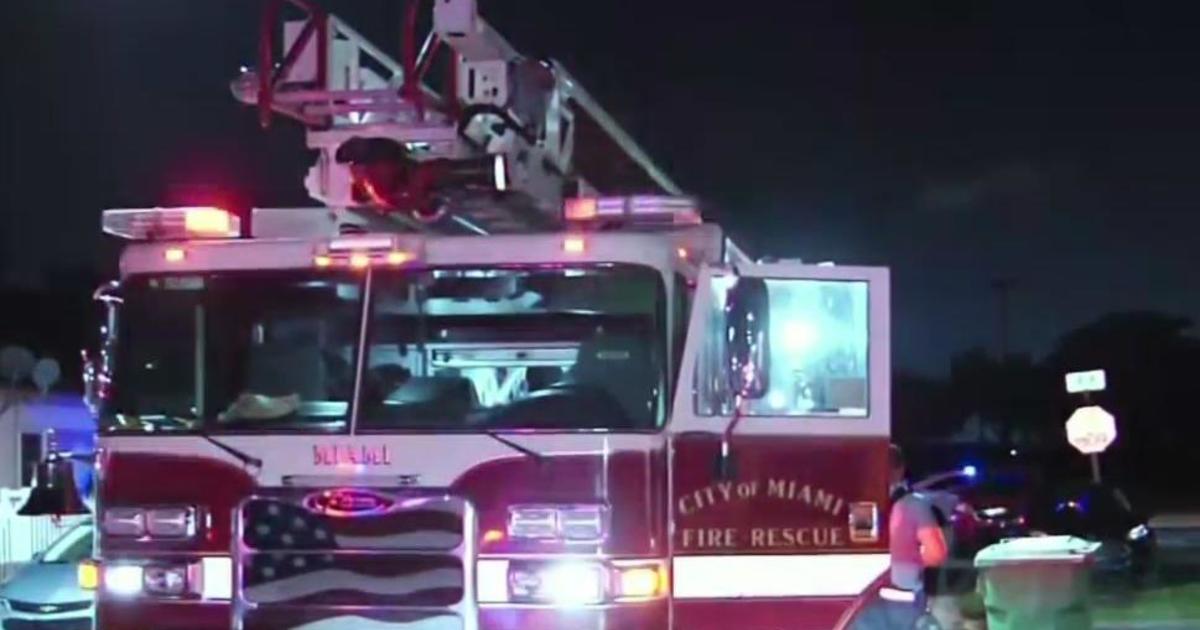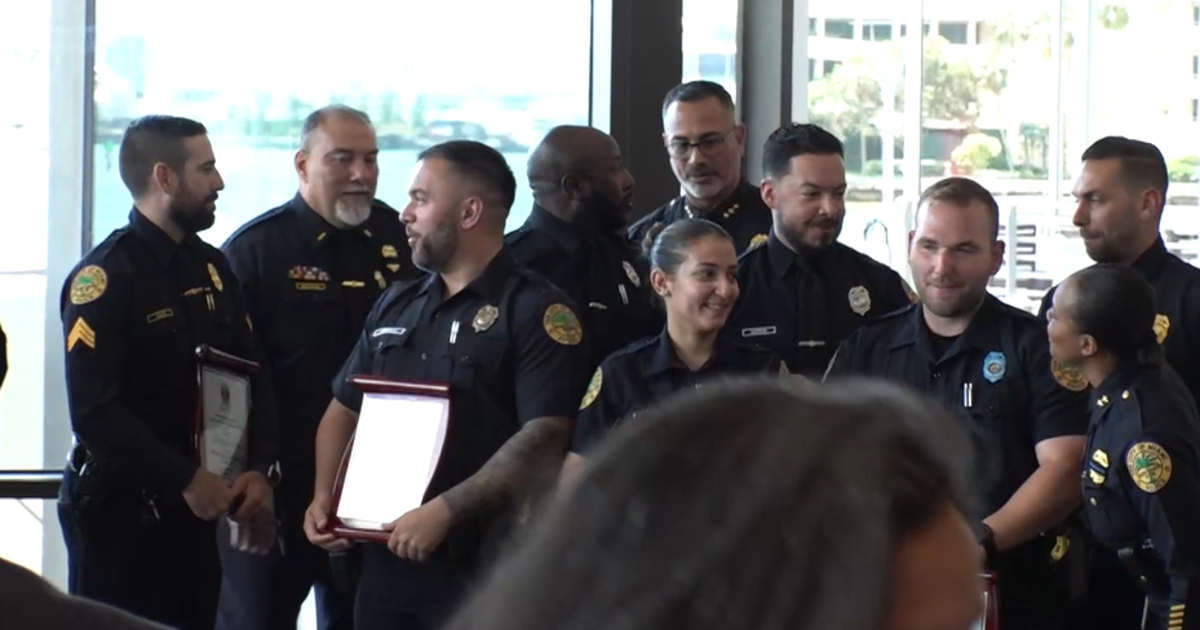Members of the Dolphins organization take tour looking back at the history of Miami's skyline
MIAMI – Members of the Dolphins organization are spending the offseason learning more about the rich history of the Miami area.
It's part of an effort to be more intentional and better ambassadors of the 305.
Tuesday, Dolphins staff and cheer team members chartered a private boat with HistoryMiami Museum for a lesson about development from Biscayne Bay to Stiltsville.
"Miami is known as a colorful vibrant city, there's a lot of Hispanic culture here, I'm happy to be Hispanic myself so that's what I think of when I think of Miami," Dolphins cheerleader Stephani Capon said.
And even a lifelong South Floridian like Capon was surprised by some of the details emerged from early days of Miami. In fact, when European settlers arrived in the 1500s, the inhabitants of area were part of the Teqeusta Tribe of Native Americans.
"We didn't come out of nowhere, it took place over the period of many years, generations of people. It's always been a magnet of people from somewhere else, either from the North, or from Cuba, or from Central America, we've always been a place for starting over again," HistoryMiami Museum historian Paul George said.
And for much of time the area was a subtropical wetland. Then, about 200 years ago, development began picking up speed, and some of that history is shameful.
"There's a part of this that's not so much play play," Dinizulu Gene Tinnie, a professor of humanities, explained.
That's because African American labor transformed the wildland into a metropolis, but for decades racist polices kept them segregated. Things progressed after World War II and more so after the Civil Rights Movement.
"The county had committed to making Virginia Key Beach as close to being separate and equal, that's how the law read, as Crandon Park," he explained of separate but equal laws policies," Tinnie said.
That's part of the reason why Virginia Key is still preserved today.
The tour ended with a closeup look at wooden stilt homes out near Cape Florida. At one time 27 homes stood. Over the years some have been lost to hurricanes, and now only six stand.
Looking back, Ashley Armour, a Special Olympics senior manager, was surprised by the local connection to the underground railroad.
"I thought that the lighthouse piece was very informative, being part of the underground railroad," she said.
Some slaves used it at the before slavery was abolished to help navigate their way to the Bahamas for freedom.
The Consul General of Israel in Miami was also invited, he walked away with a deeper connection to the past.
"What we see now is the skyscrapers of the skyline of Miami but just to think about this tropical jungle that used to be no man's land and we learn to appreciate it," he said.
Dozens on board shared the same sentiment.
"I think my favorite quote from the day was that we influence the environment and in turn, the environment influences human history," Capon added.
Past tours included a visit to the Seminole Tribe in Big Cypress, while in the future the organization will head out to study parts of the intercoastal water in Broward County.




